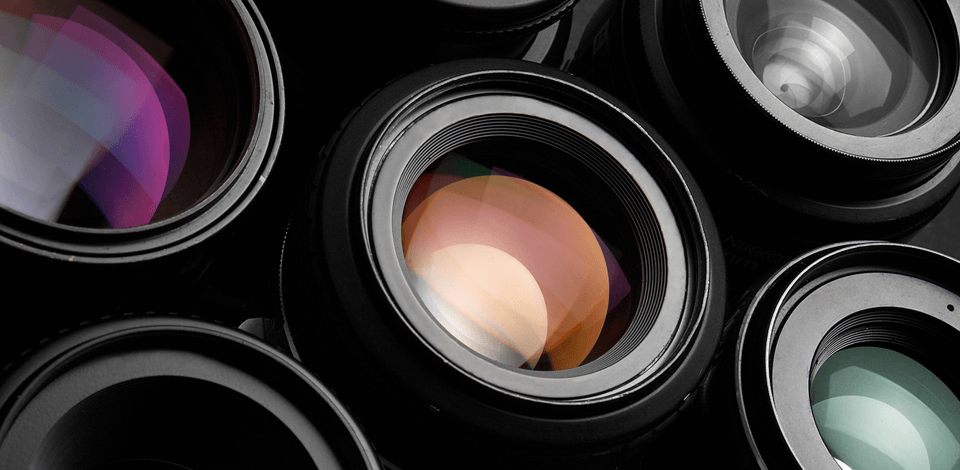
Are you starting a photography career and wondering how to choose a camera lens and not spend all your savings? Check out the main six parameters to consider when choosing lenses for different shooting styles or examine my list of recommended lenses for landscape, sports, architecture, portraiture or macro photography.
Before choosing camera lenses, you have to decide what genre of photography you are going to work in. Consider these 6 essential parameters which if you are engaged in portrait, landscape, sports, architecture or macro photography.

The first thing to pay attention to while choosing a camera lens is the focal length, which determines its field of view. In fact, these are the angular dimensions of the space that can be conveyed in the image with its help.
There are wide-angle, normal, and telephoto lenses. The focal length is indicated in millimeters, it can vary from about 10 to 300mm.
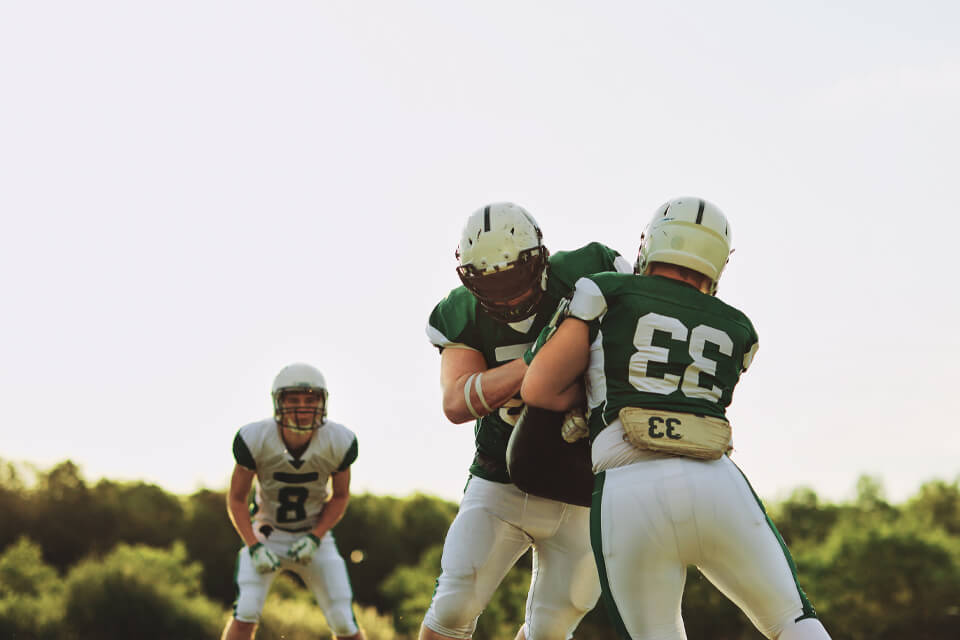
Telephoto lenses help you get as close as possible to the objects, and are commonly used for photographing sports events, such as football or baseball. Since telephoto lenses have a shallower depth of field than wide-angle lenses, it is much easier to get a blurred background using them. A telephoto lens keeps the proportions of the face, so it is also a great choice for portraits. You can find such lenses in the 70-300mm range.
However, it is worth mentioning that these lenses have a lower brightness which makes them useless for indoor shooting. Besides, they are more sensitive to blur due to shake. You will also have to tolerate their size. One of the best telephoto lenses is the Sony 70-200mm f/2.8G.
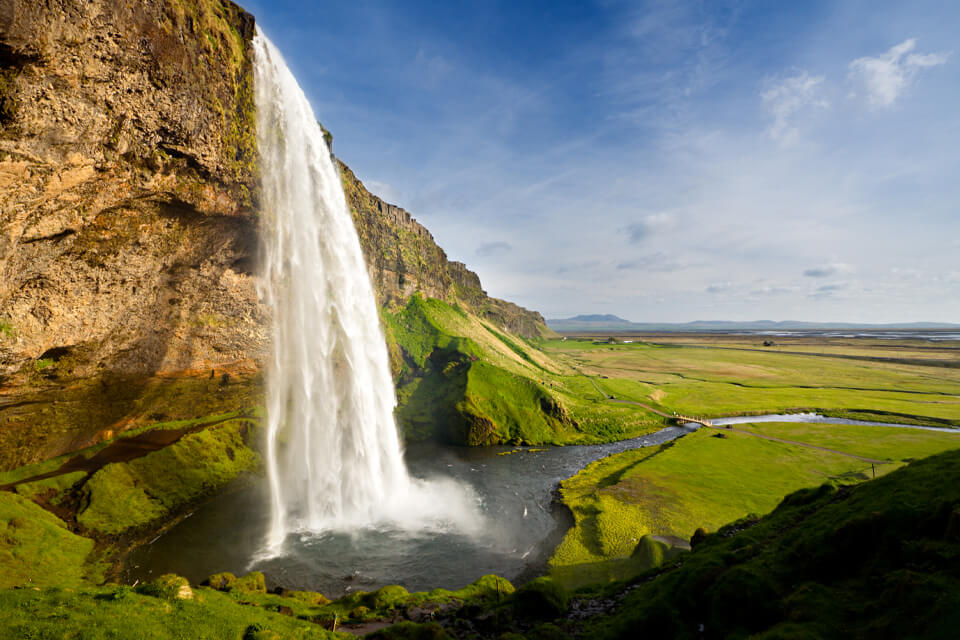
Wide-angle lenses are commonly used to capture a vast landscape when traveling, in real estate photography or for working in tight spaces. Basically, these lenses differ in both depth of field and brightness. This group includes photographic lenses with a field of view from 52° to 82° inclusive. These lenses are available in the 10-36mm range. One of the best wide-angle lenses is the Canon EF 85 f/1.2L II USM.
As for disadvantages, I should note that the wide angle isn’t suitable for photographing people, at least not for a traditional portrait shot.

In addition to classic types of camera lenses, there are universal or normal lenses. Such models capture the surroundings similar to the way human eyes perceive it in relation to distance and magnification. A normal lens is typically 50mm in the 135 format. Everything with a smaller focal length is referred to as a wide-angle lens, while telephoto optics cover larger focal lengths. The best sample of the universal lenses is Canon EF-S 18-200mm f/3.5-5.6.
The regular compact camera with 3x zoom allows manipulating the focal length from 33mm to 105mm, which correlates with the 135 format. Keep in mind that the focal length is related to the size of the camera’s image sensor, which means you can alter the focal length of your lens in accordance with the camera you attached it to. All in all, the focal length equals to the so-called full-frame DSLR.

Aperture is a value that indicates how far the lens aperture through which light passes can open. Lenses usually have f/1.4, f/2, f/2.8, f/4, f/5.6, f/8, f/11, f/16. The higher the number, the less light gets in, which has a negative effect on the final photo and requires additional lighting.
Most aspiring photographers can settle for f/2.4 or f/3.2, but when it comes to a professional lens, check out the Canon EF 50mm, which has an f/1.2L aperture that allows you to take bright images without noise even at night.

Most DSLR and hybrid cameras for amateur photographers have APS-C, or half-frame sensors. Obviously, a smaller sensor size, given all other things being equal, narrows the field of view through the same lens, which leads to the appearance of the concept of a crop factor, also called the multiplication factor of the focal length.
For Canon APS-C DSLRs, the crop factor is 1.62x, and for similar Nikon - 1.52x. Cameras of the Four Thirds system (Olympus, Panasonic) have even smaller matrixes, so the crop factor is even larger - 2.0x. As a result, the same lens combined with a sensor of different sizes will produce different angles of view.
The Image Stabilization system is developed and integrated into cameras to compensate shaking of hands and photo blurring. While comparing lenses produces by different brands, you’ll notice that this feature is marked in different ways.
For instance, Nikon uses VR abbreviation and Canon decided on IS. Those trying to figure out how to pick a camera lens, sometimes neglect this parameter. However, an image stabilizer is sometimes the only way to save a frame.
Different types of camera lenses have different autofocus drives. All current Canon lenses have a built-in autofocus motor. Nikon, Sony and Pentax lenses can be equipped with both a built-in autofocus motor and a screw-like drive that allows using the motor located in the camera for focusing.
The motors built into the lenses also differ. The fastest and quietest of these are ultrasonic ring motors (various manufacturers may label them differently, for example, USM, SSM, SWB, SDM). They are used in the most expensive lenses and provide virtually silent and very fast focusing. Other types of motors are typical for budget models, and they may not give any advantage over the "old" autofocus screw-type drive.
Once you bought the camera for amateur photographer, and covered 5 recommendations on how to choose lenses to complement it, be sure to pay attention to such factors as factory defects.
Start with examining the lens on light. If everything is OK, you won’t see any grits or motes. In case there is something of a kind, keep searching as such a lens is of a poor quality and your photos will be far from perfect. Check how the rings of a zoom and diaphragm move. They should be no wrenching or scraping sounds when you are spinning them. If you hear something, that chances are high that the lens was dropped.
FixThePhoto experts have reviewed many popular products and singled out the camera lens you must have from different manufacturers. In addition to the tips provided above, you need to make sure that the lens you have chosen can be paired with a bayonet joint to your camera.
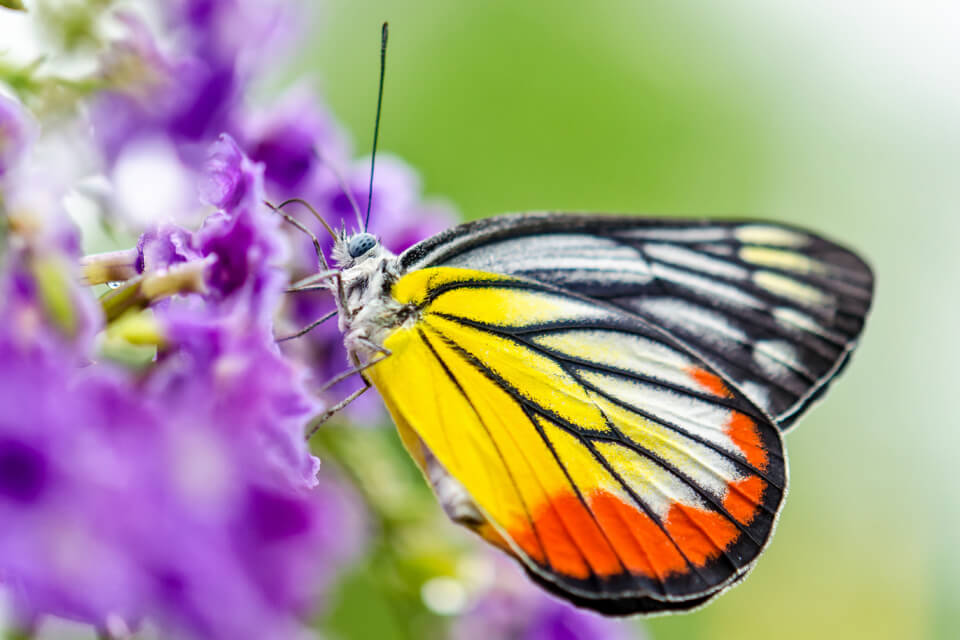
A universal zoom lens is one of 3 lenses every photographer needs. Such lenses have a range of focal lengths covering wide-angle lenses, standard lenses, and telephoto lenses. It is the best choice for aspiring photographers. It will replace two or three lenses with a smaller focal length range, but better optical performance.
However, note that in most cases, these lenses have a low aperture and optical quality.
The best universal zoom lenses are:

A telephoto lens for Canon or other camera models is used in sports photography and reportage photography, as they allow you to keep a solid distance between a photographer and the center of events. Due to their long focal length, such lenses will blur the background a lot, which justifies their usage in art and portrait photography.
A beginner photographer can use any telephoto lens with a range of 55 to 200mm (sometimes 300mm). This lens will cope with 90% of shooting tasks. However, it is necessary to complement these lenses with the best camera for sports.
Although good telephoto lenses are in the premium price segment, they will deliver amazing sharpness and insufficient aberration.
Best telephoto lens examples:
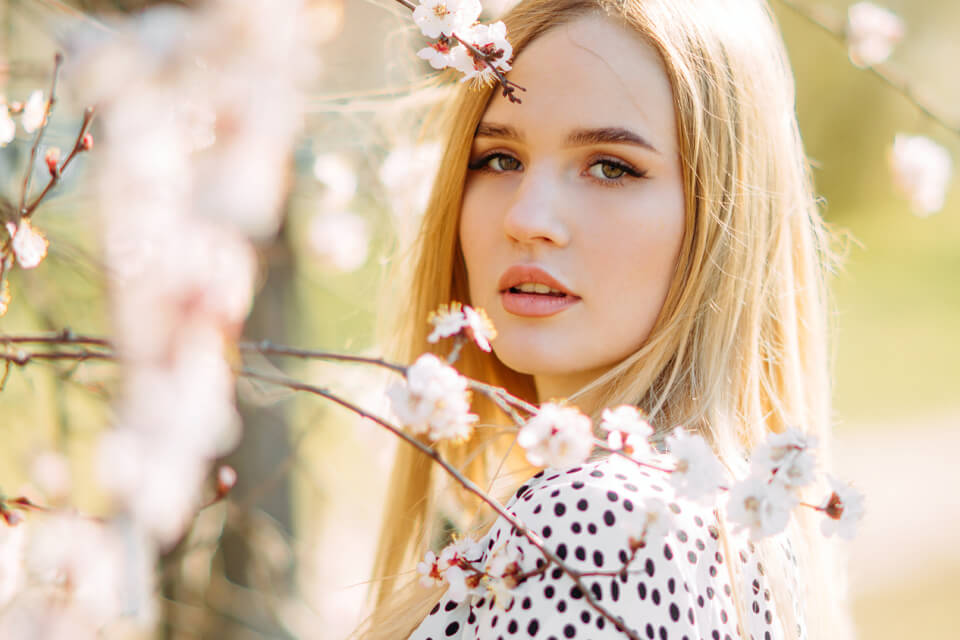
Usually, when it comes to portraits, photographers mean the image of a person against a blurred background. It should be noted that portrait lenses don’t always provide high image sharpness at open apertures. In fact, this is more likely not a drawback of portrait lenses, but their peculiarity, since they perfectly convey the texture of human skin, without emphasizing minor defects and wrinkles.
The focal lengths of these lenses are generally in the moderate tele-range (77 to 135mm). Anyway, if you are serious about advancing your skills, it is worth investing in the best lens for portraits.
The best portrait lenses are:
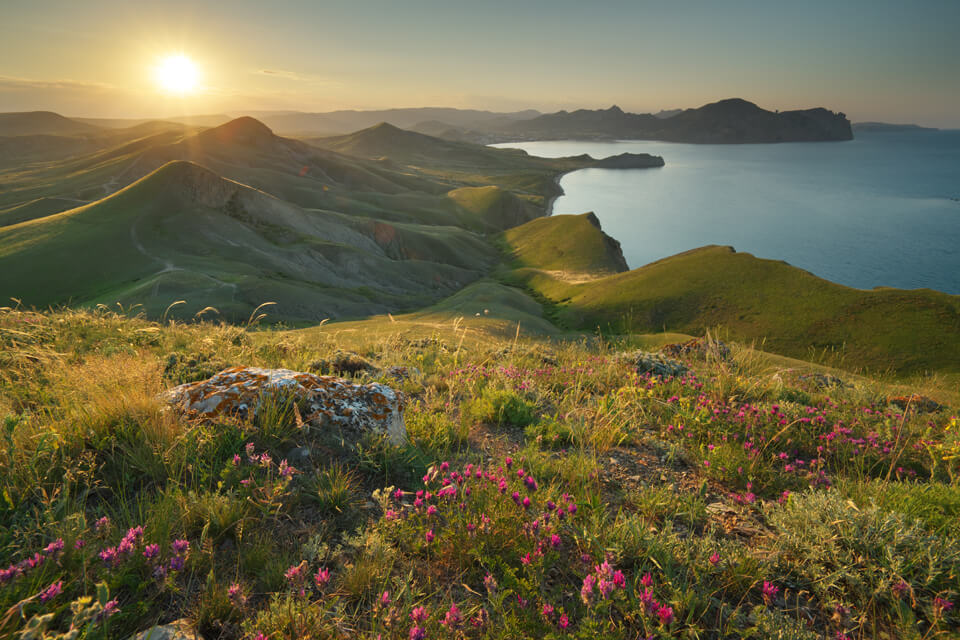
Choosing the best lenses for landscape photography, you are going to see lots of praiseworthy variants. Anyway, the main criterion here is high image detail.
In other words, the lens must provide a very sharp image and not necessarily when the aperture is fully open. In most cases, when you photograph a landscape, the aperture will go down to f/8-f/11. It is also good if the optics produce a low level of chromatic aberration.
As for the range of focal lengths, I would recommend an amateur photographer to start with wide-angle lenses.
The best landscape lenses are:
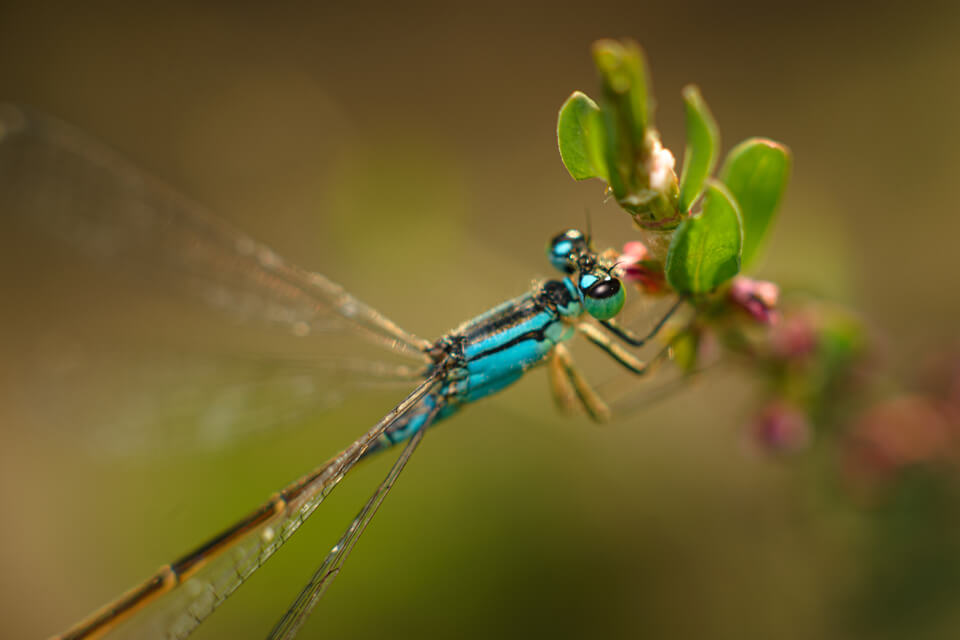
This type of lens is characterized by three main features: the ability to focus at extremely close distances, awesome sharpness and very high image contrast. Macro lenses are capable of zooming up to 1: 1.
The focal length range of macro lenses can be between 30 and 300mm. The shorter the focal length, the smaller the minimum focusing distance. For shooting wildlife, you need to use long-focus lenses, and for subject photography, it is more convenient to use short-focus lenses. To achieve more striking results in this area, look through macro photography ideas.
The best samples of macro lenses are:
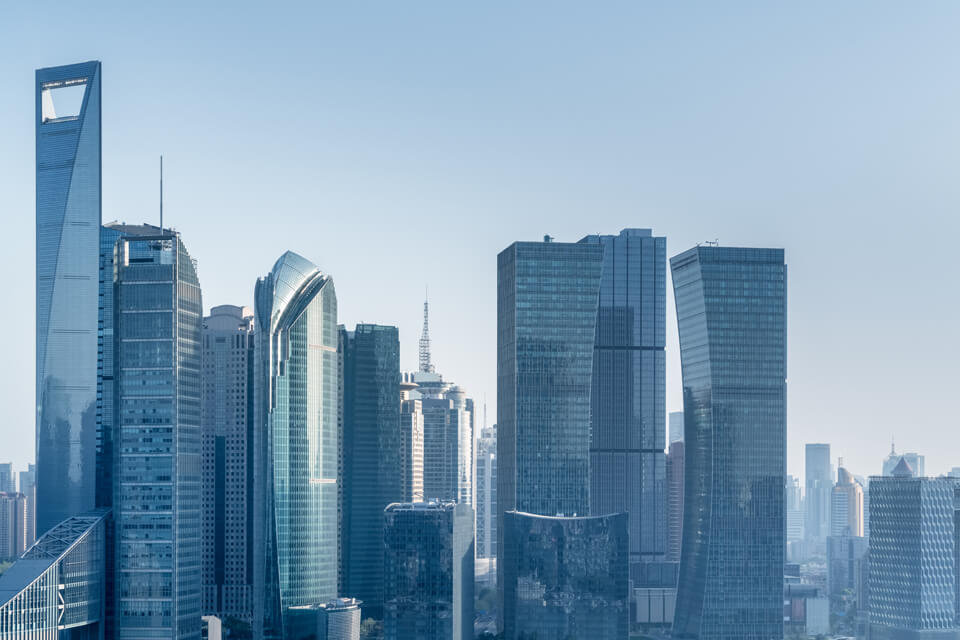
Choosing camera lenses for architecture photography, you’ll notice that they are similar to those used in portrait shooting, with some differences in features. The thing is that architecture photography is all about straight lines without any distortion.
However, you can try to achieve the exact opposite effect by rounding the image along the periphery of the frame using fisheye lenses. The main thing is to understand that such a lens will never create straight lines in a photo. If you experience any difficulties while editing architecture images, you can address post production photo editing services.
Top lenses for architecture photography:
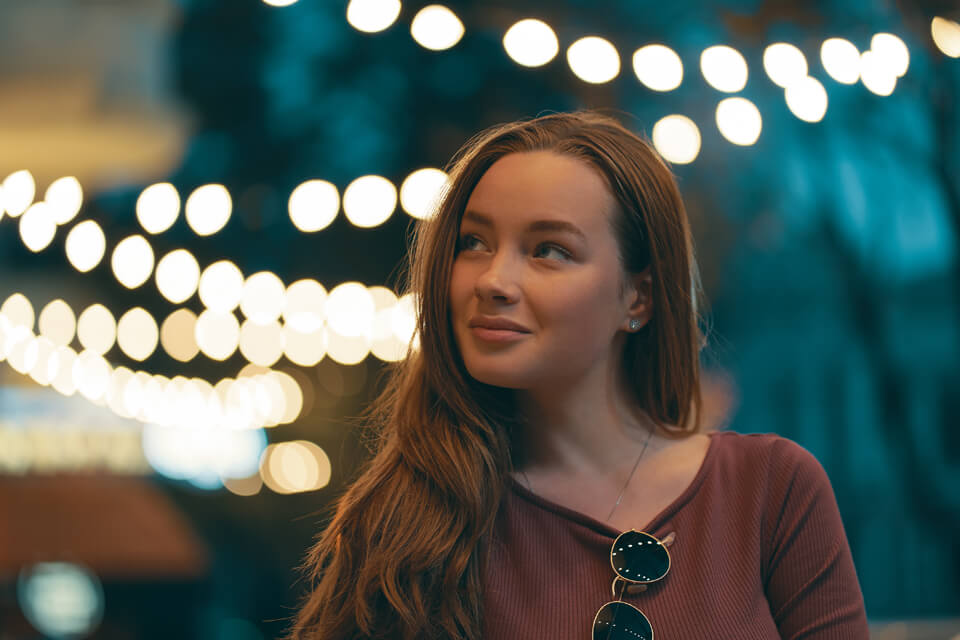
Fixed focal length lenses allow you to achieve the highest image quality. These lenses are believed to create the most beautiful bokeh.
Keep in mind that such lenses have no zoom. In addition, their aperture is much higher than the aperture of zooms with similar focal lengths, which means that fixed models blur the background more. It is also worth mentioning that these lenses belong to the premium range and are expensive (only 50mm lenses are budget-friendly).
The best fixed lenses are:

Standard or universal lenses are attached to every third camera of novice photographers, since they allow you to work in most genres (landscape, portrait, reportage) without any inconveniences and problems. The most expensive models are those designed for full-frame professional cameras. Their focal length range is usually from 24 to 75mm, and the aperture is f/2.8.
The downside to this type of lens is the high cost for quality models. If you can’t afford any, but strive to impress your viewers with cool photos, check 25 simple tips to improve your photos.
The best standard lenses are: